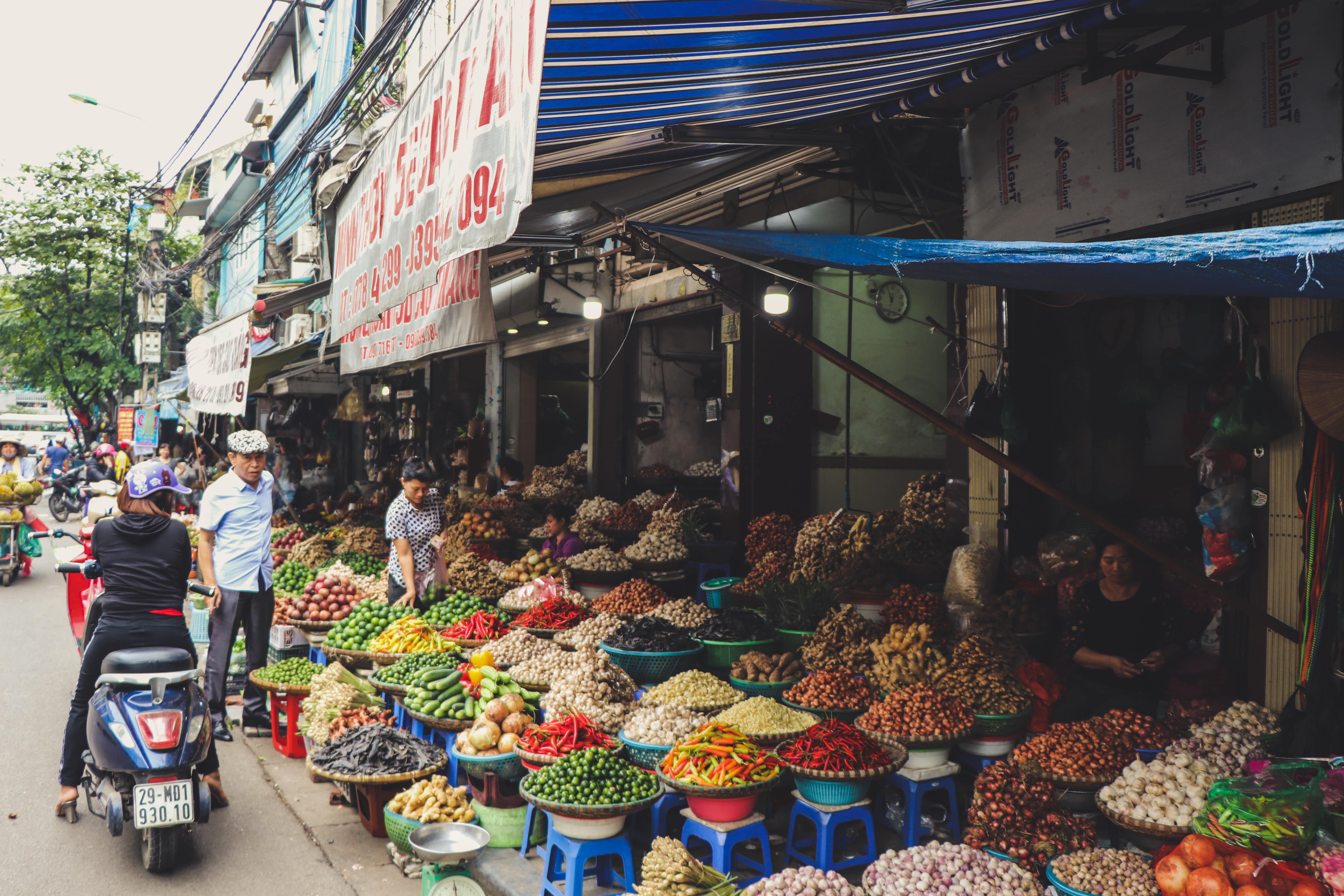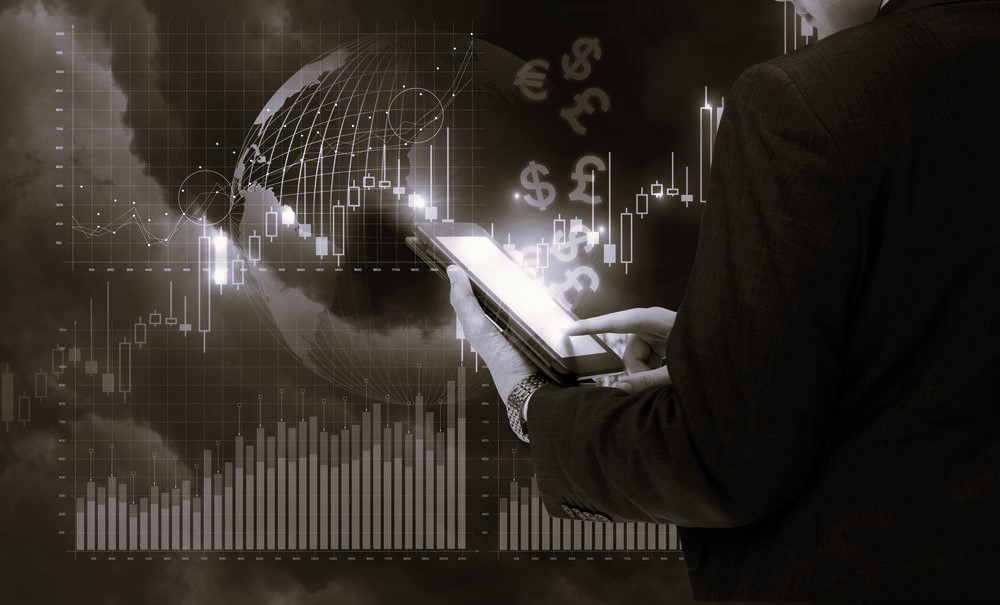Measuring purchasing power is an effective way to track economic recovery after the pandemic, estimate the real sizes of economies, and gauge poverty.
Price differences make it challenging to measure and compare economies because incomes and expenditures are worth more in terms of goods and services (commodities) where prices are low, and less where prices are high.
An example where this comes into play is the measurement of extreme poverty around the world. If the current international poverty threshold of $1.90 a day is converted into local currencies using market exchange rates, the resulting amounts can purchase more commodities where prices are lower, and fewer where prices are higher, making poverty indicators biased. This is why the poverty threshold, along with many other indicators for the Sustainable Development Goals, is instead converted based on “purchasing power parities.”
Purchasing power parities convert different currencies to a common reference currency and, in the process of conversion, make adjustments for price differences. For example, the 2017 purchasing power parity for the gross domestic product for the Philippine peso was 19.385 with reference to the U.S. dollar. This means that 19.385 pesos worth of commodities in the Philippines is equivalent to $1 worth of comparable commodities in the U.S., on average. When converted based on purchasing power parities from 2011 for the commodities consumed by the households, the international poverty threshold of $1.90 a day buys the same volume of commodities across all economies.
In tracking progress toward the Sustainable Development Goals, as well as the recovery of economies from the COVID-19 pandemic, an indispensable resource for policy makers and stakeholders is the International Comparison Program. The program provides estimates of purchasing power parities that are in turn used to calculate gross domestic product and its components, enabling “real” comparisons across economies. The program works with participating economies to collect the prices of a large number of comparable goods and services to compile purchasing power parities and produce ‘real’ GDP expenditures.
The results of the 2017 cycle of this exercise were released last year, covering 176 participating economies globally. They provide benchmark data and allow extrapolating data on total and per capita expenditures and price levels just before the start of the COVID-19 pandemic, making them especially useful for tracking economic recoveries around the world. In addition to the Sustainable Development Goals, the purchasing power parity-based measures are also included in indicators used to monitor the Human Development Index, the Global Competitiveness Index, and many others.
The job of collecting prices and estimating purchasing power parities is particularly challenging for the Asia-Pacific region, where economies range from lower middle-income to high-income and vary greatly in terms of statistical capacity. Thirty-two Asia Pacific economies participated in the 2017 cycle with 22 of them directly coordinated by ADB as a regional implementing agency.

Based on the results for 2017, the 32 economies in the region accounted for 56% of the world’s population and 40% of global GDP, when converted using purchasing power parities. In contrast, when converted using only market exchange rates, the same 32 economies accounted for just 34% of the world’s GDP.
Adjusting for price had the same effect on the region’s share of global consumption expenditure by households (measured in actual individual consumption expenditure by households, or AICH) and global investment expenditure (measured in gross fixed capital formation, or GFCF). It is worth noting that the region’s share of global investment was significantly larger than its share in global household consumption, whether converted based on purchasing power parity or exchange rates.
Of the 32 regional economies that participated in the 2017 cycle, four are among the 10 largest economies in the world. The People’s Republic of China ranked No. 1 globally with purchasing power parity-based GDP of $19.6 trillion, closely followed by U.S. at $19.5 trillion. India ranked third at $8.1 trillion, followed by Japan at $5.2 trillion. Indonesia ranked 10th at $2.9 trillion. The combined share of the People’s Republic of China, India, Japan, and Indonesia was 29.89% of global GDP in purchasing power parity terms, and 74.31% of the total GDP of the 32 ADB regional members.
Five economies—Australia, New Zealand, Japan, the Republic of Korea, and Hong Kong, China—had price levels higher than the world average, while the other 27 were below the average.
Twelve of the participating economies were richer than the world average. Singapore was the third richest economy in the world, with per capita real GDP of $93,980.94—more than fivefold the global average. Overall, the region’s purchasing power parity-based GDP per capita was $11,896, or about 28% lower than the world average. It is worth noting that richer economies tend to have higher overall price levels.
There are a variety of methods to track economic recovery after the pandemic, but purchasing power parity conversion is one of the most effective in reflecting the real sizes of economies and the incidence of poverty so that all economies can be assessed more meaningfully as possible.
Authored by:
Kaushal Joshi, Principal Statistician, Economic Research and Regional Cooperation Department, ADB.
Mel Lorenzo Accad, Economic Statistician.
Inyoung Song, Statistical Analyst, Development Data Group, World Bank
This article is republished from the Asian Development Blog



